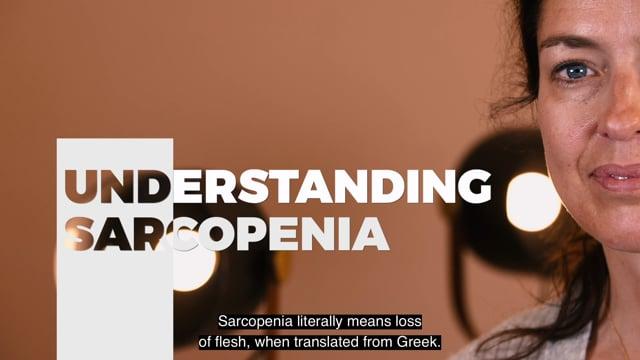Detecting people at risk with Fanny Fontaine
08 Dec 2022
In this episode of Mintt Academy, Fanny Fontaine, Physiotherapist from the Jolimont group tells you more about how to detect people at risk of falling.
08 Dec 2022
In this episode of Mintt Academy, Fanny Fontaine, Physiotherapist from the Jolimont group tells you more about how to detect people at risk of falling.
There are several ways of detecting whether a person is at risk of falling or not. Within our reach are the classic tests such as the Tinetti test. Here, in our nursing home, we have realised that the Tinetti test was not comprehensive enough. And in relation to our care, we were interested in measuring other things. This is why we’ve drawn inspiration from several tests and we’ve developed a home-made test. We take into account different items such as "fear of falling", "history of falling", "self-esteem", "awareness of danger", "representation of one's body in space", i.e. different types of factors that are not included in the classic tests. Of course, we also assess "immediate balance", "sit-stand transfer", "balance over a 3-metre round trip" as in the classic tests. That being said, we wanted to add a few things that were a little more subtle in terms of assessing the risk of falling.
In our test, for example, we evaluate muscle tone, and in particular dual-task muscle tone. That enables us to see that when a patient is distracted, they become more rigid and their risk of falling is doubled or even trebled. This cannot be assessed in a classic balance test such as the Tinetti test for example. Our home-made test also enabled us to draw up a shortlist of people to take part in our balance workshop.
This is a workshop that we do twice a week. In parallel, we also have a weekly falls record. And so, based on the patients who fall and the people who alert us in respect of their balance posture and whom we test, we have identified different patients who are likely to participate in the balance workshop. Several times a year, we can then ask them to take our test again. We can then see whether or not there is an improvement and in this way we can adjust our treatment: either individual physiotherapy or our routines and drills as part of our balance workshop.
We also ask people what they have difficulties with in everyday life. Things that we don't necessarily notice through our tests in the physiotherapy room, but rather the problems they encounter in the bedroom, so that we can include drills from everyday life in our workshop and simulate real-life situations that put them at risk.
What we also see is an increase in the self-confidence of the people who participate in the balance workshop. This is why it was important for us to measure this self-confidence. Because it is clear that they are proud and happy to participate. On the other hand, it is true that sometimes they become a little too confident.And so it's important to monitor their awareness of danger and risk. That is what we monitor this throughout their participation in our balance workshops.

Looking for an easy way to install a reliable fall detection solution in your facility? Look no further than Mintt. We have streamlined the installation process to make it hassle-free and efficient.

Falls are a major public health problem, particularly among older people. According to the World Health Organisation (WHO), approximately 28-35% of people over 65 suffer at least one fall yearly.

In this episode of Mintt Academy, Sandra De Breucker, Head of Geriatrics of the Erasmus Hospital tells you more about how to better understand sarcopenia.
This website uses cookies
We use cookies to provide you with a better visitor experience. Our website tracks three levels of cookies, you can go to cookie settings to manage your preferences at any time. You can read more about what cookies are and which cookies we collect in our privacy policy.
Cookie settings
We use cookies to provide you with a better visitor experience. Our website tracks three levels of cookies. You can adjust your preferences at any time. You can read more about what cookies are and which cookies we collect in our privacy policy.
Adjust your preferences
Functional cookies are necessary cookies that ensure that the website functions properly and that your preferences (e.g. language, region) are stored properly.
The cookies we use are: essential cookies, craft cms and vimeo
Analytical cookies allow us to analyze the use of the website and to improve the visitor experience.
The cookies we use are: Google Analytics, LEADforensics and leadinfo
Marketing cookies aim to personalize your experience and send you relevant content and offers on this and other websites.
The cookies we use are: Linkedin Insights, Google ads